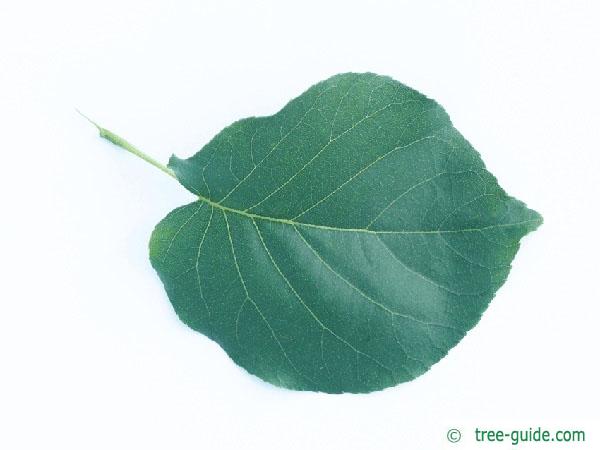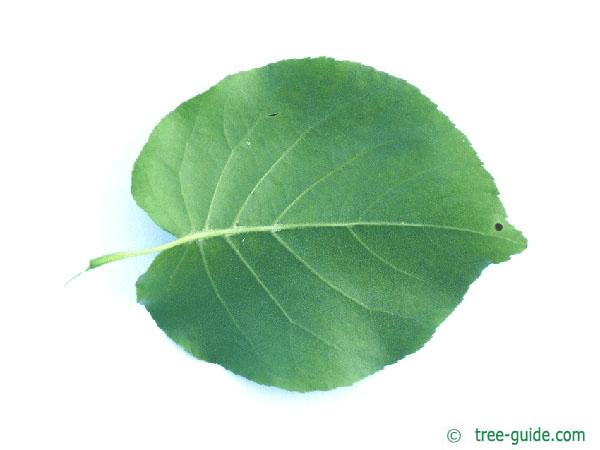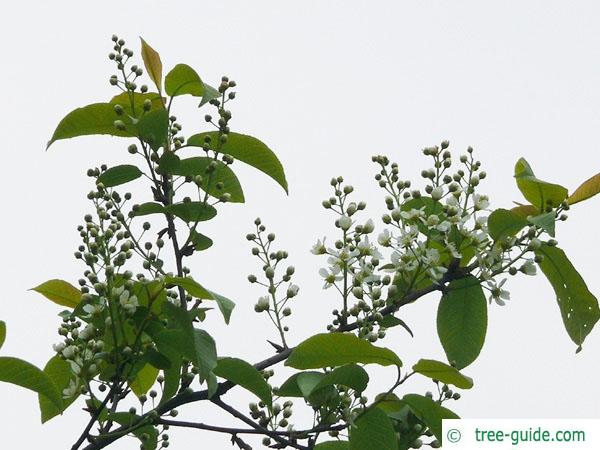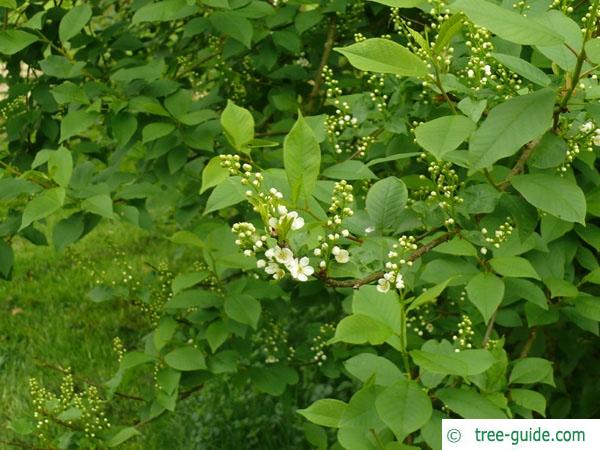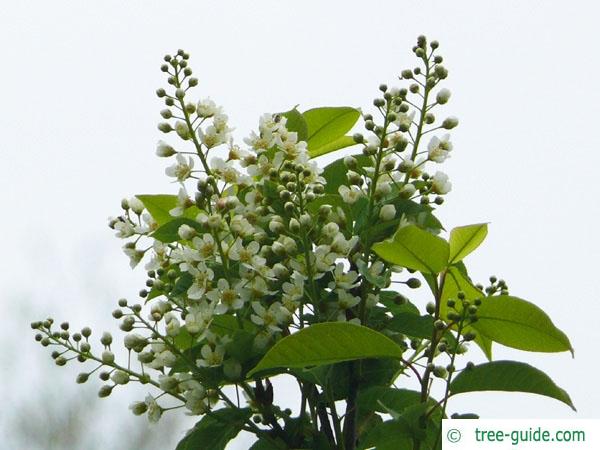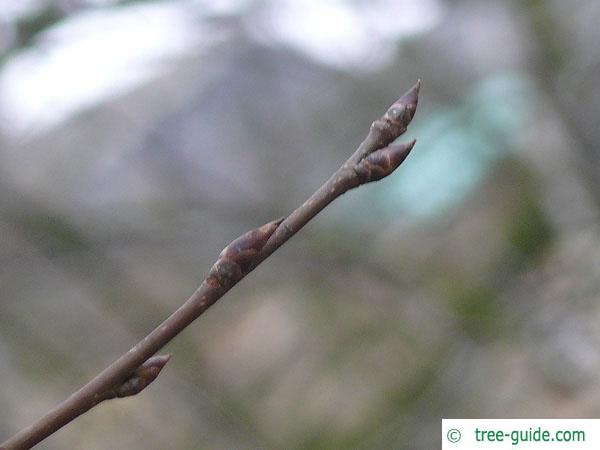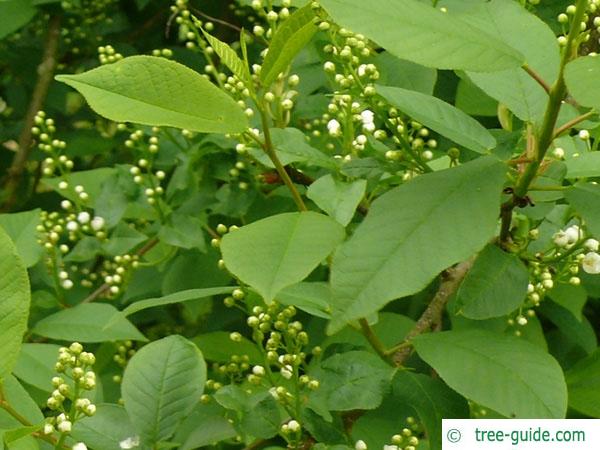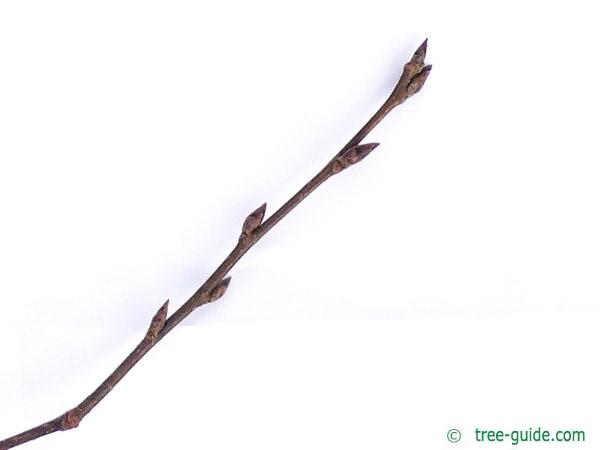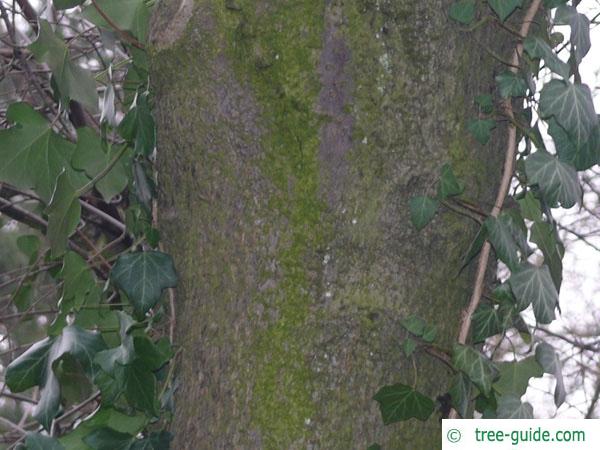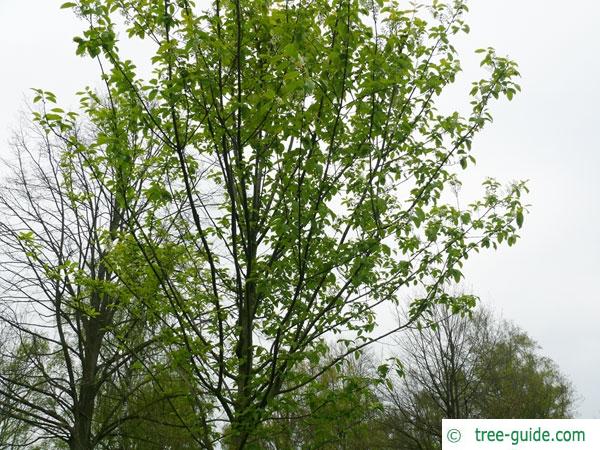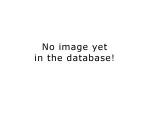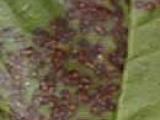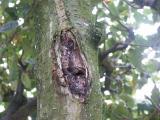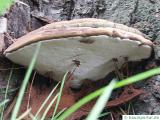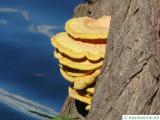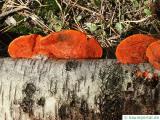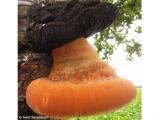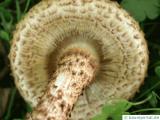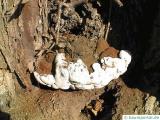Basisdaten
The May bird cherry is found in all of Europe. In North America, it is sold as an ornamental tree.
Tree profile
The leaves of Hackberry are elliptic to obovate with a short petiole. The middle leaf vein is tomentose on the underside of the leaf. The leaf margin is serrate to notched.
The small white flowers are in large clusters and appear with the leaf shoots. The flowers exude a pleasant fragrance.
The round fruits are first red then black and up to 8 mm (0.35 in) in diameter.
The branches are light brown and slightly glossy. The buds are brown, oblong and pointed.
single tree or planting in groups
Cherries additional information
overview leaves | overview blossoms | overview fruit | overview trunkoverview winter | | overview trees







